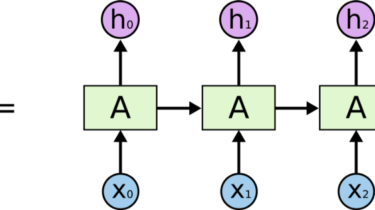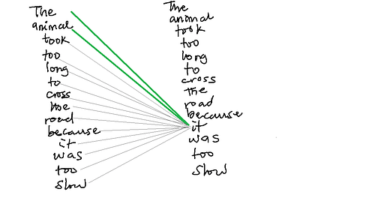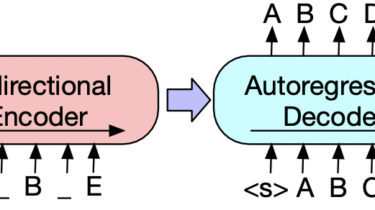Category: Natural Language Processing
Detecting Gender Biases in NLP
Source: Times Higher Education
Read moreNLP-Entity Coreference Resolution
Explore multiple libraries
Read moreNLP-Custom Named Entity Recognition
Spacy and transformers : Complete Repo
Read moreTop Natural Language Processing Algorithms
https://Freepik.org
Read moreNLP-Knowledge Graph
Explore different libraries and create production ready code
Read moreBuilding AI Products Using Large Language Models
How to effectively and efficiently build AI products using Large Language Models
Read moreA Glance of Natural Language Understanding System
These years, there has been widely speared applications employing Natural Language Processing (NLP) technologies, including question answering system, Machine reading comprehension, summarization, dialogue, autocompletion, machine translation, etc.From 2013 to 2014, the applications of various neural network models on NLP have gradually increased, among which the most widely used are: convolutional neural networks (CNN), recurrent neural networks (RNN), and structural recurrent neural networks (SRN). Since the text is ordered, the sequential structure of RNN (recurrent neural network) makes it the […]
Read moreBERT Explained
The continuous innovation around contextual understanding of sentences has expanded significant bounds in NLP. The general idea of Transformer architecture is based on self-attention proposed in Attention is All You Need paper 2017.Self-attention is learning to weigh the relationship between each item/word to
Read moreAbstractive text summarization with transformer-based models
Text summarization is a text generation task, which generates a concise and precise summary of input texts. There are two kinds of summarization tasks in Natural Language Processing, one is the extractive approach, which is to identify the most important sentences or phrases in the original text and combine them to make a summary. The more advanced approach is the abstractive approach, which generates new phrases and sentences to represent the information from the input text.
Read more








